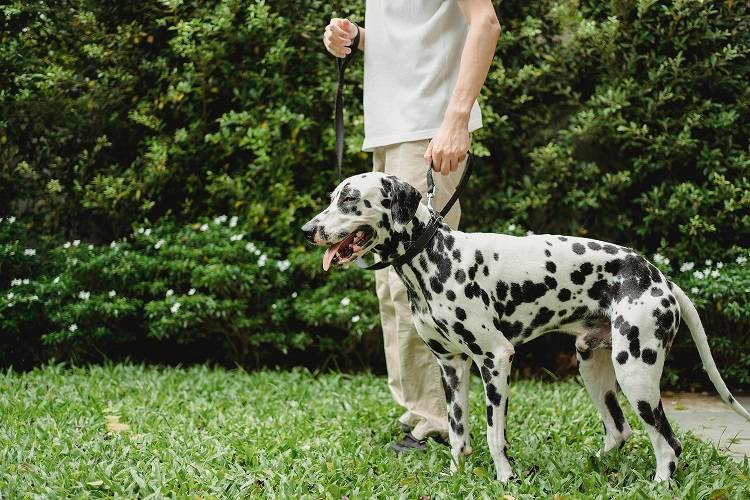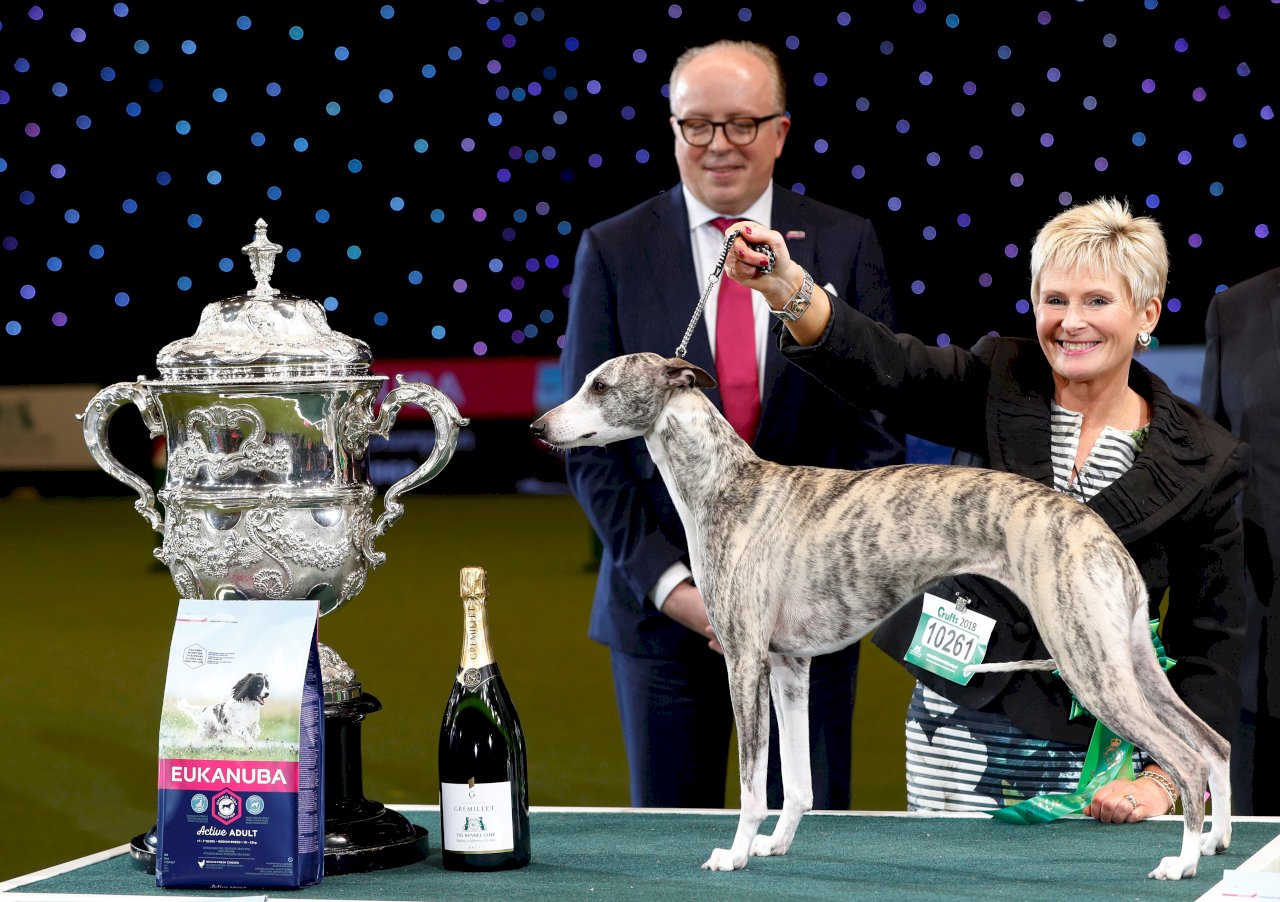The Kerry Blue Terrier, also known as the Irish Blue Terrier or Irish Blue, originated in Ireland in the 19th century. It first gained attention in the mountains of County Kerry, hence its name. The breed has been purebred in its native land for over a century.

General Information:
- English Name: Kerry Blue Terrier
- Kingdom: Animalia
- Phylum: Chordata
- Class: Mammalia
- Order: Carnivora
- Family: Canidae
- Genus: Canis
- Species: Domestic Dog
- Distribution: Ireland
3. Morphological Characteristics: The ideal height for a male Kerry Blue Terrier is between 45.4-49.5 cm, and for females, it should be 44.6-48.3 cm. Adult males should weigh between 14.97-19.96 kg, with females being slightly lighter. The breed is muscular with a solid skeletal structure, small V-shaped ears, and a thick, soft, blue-gray coat that develops within 18 months from birth.
4. Temperament: The Kerry Blue Terrier exhibits a childlike personality, often seeking affection and attention. It may display stubbornness but can be trained from an early age. The breed is curious, alert, and may exhibit jealousy, making it more suitable for single-pet households. It is known for being loyal, energetic, and, if properly trained, an excellent companion and guardian for children.
5. Grooming Tips:
- The Kerry Blue Terrier’s coat is dense and coarse, requiring regular grooming.
- Grooming includes brushing to remove tangles, checking and cleaning ears, eyes, and teeth, trimming nails, and maintaining footpad hair.
- Bathing with a natural shampoo is recommended, followed by thorough drying with a hairdryer.
- Body and head trimming should be done, paying attention to maintain the breed’s characteristic appearance.
- Specific instructions for ear, eyebrow, and whisker trimming are provided.
6. Care Guidelines:
- Kerry Blue Terriers are not picky eaters, but special attention is needed for senior dogs with reduced digestion and dull senses.
- Ensure a rich and balanced diet, including proteins, calcium, and vitamins. Avoid excessive salt, fat, and bone content in their food.
- Feeding should be in small, frequent portions to aid digestion, and access to clean drinking water should be provided.
- Regular veterinary check-ups are essential, especially for senior dogs, to address specific dietary needs based on their health conditions.




